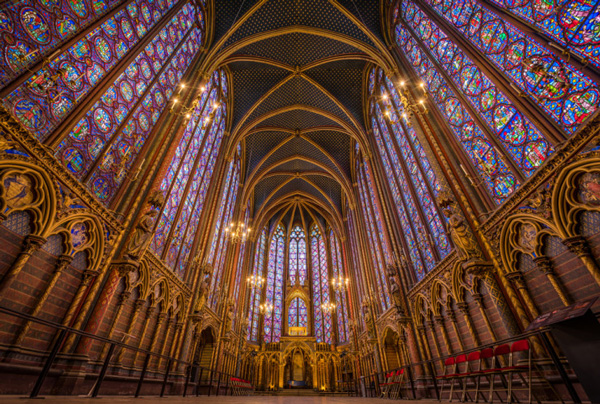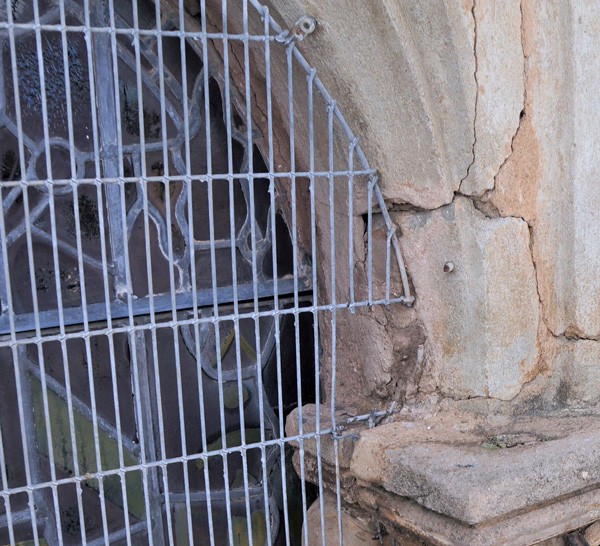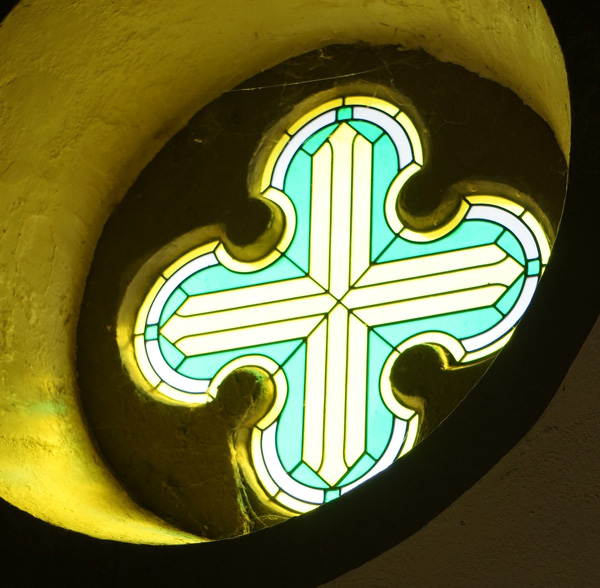‘A Stitch in Time – Guidance Notes in Maintaining your Place of Worship’
Guidance Note 5 – Stained Glass Windows
- Character and artistry
- Light and ventilation
- Heat and Cold
- Security and protection
- Maintenance and repairs
- Managing change.





Stained glass is surprisingly strong and flexible, despite being made from small pieces of glass held in place by lead ‘cames’. Skilfully designed stained glass windows can last for many hundreds of years, but even the best windows will eventually require maintenance. Lead degrades over time, especially in a polluted environment. The metal oxidises, evidenced by white chalky deposits on the surface, and as a consequence it becomes weaker and is prone to tear and stretch more than fresh lead. Pigments used on ‘stained’ or painted surfaces will fade and sooner or later every stained-glass window needs to be repaired. As far as maintenance is concerned, windows should be inspected annually and any signs of wear and tear should be dealt with quickly to prevent escalation. Little maintenance is generally required to healthy, and well designed and constructed stained glass. Depending upon how exposed stained glass is to vehicle and/ or industrial pollution, it should be carefully cleaned perhaps every 20 years or so inside and out very gently only using deionised water to remove contaminants.
If a church congregation wishes to alter their historic stained-glass windows a valid case could well be made for doing so, but changes must always be made in the context of the significance of the church as a whole and it is essential to seek professional advice from an experienced heritage architect who can assist greatly in managing such change.
Ian Hamilton, Director
Arcuate Architecture, Adelaide
Website: www.arcuatearchitecture.com.au
Email: ianh@arcuatearchitecture.com.au
Phone: (08) 7231 5701




